Below is a concise, action-focused blueprint to strengthen the Highway Trust Fund, speed up project delivery, keep workers safe, and meet growing mobility needs.
Federal funding for roads, bridges, and transit systems is derived from revenues generated by the gas tax, diesel tax, and other trucking user fees which are deposited into the Highway Trust Fund (HTF). The HTF provides states and construction companies with long-term certainty to hire and train new employees, plan big projects, and invest in new construction equipment.
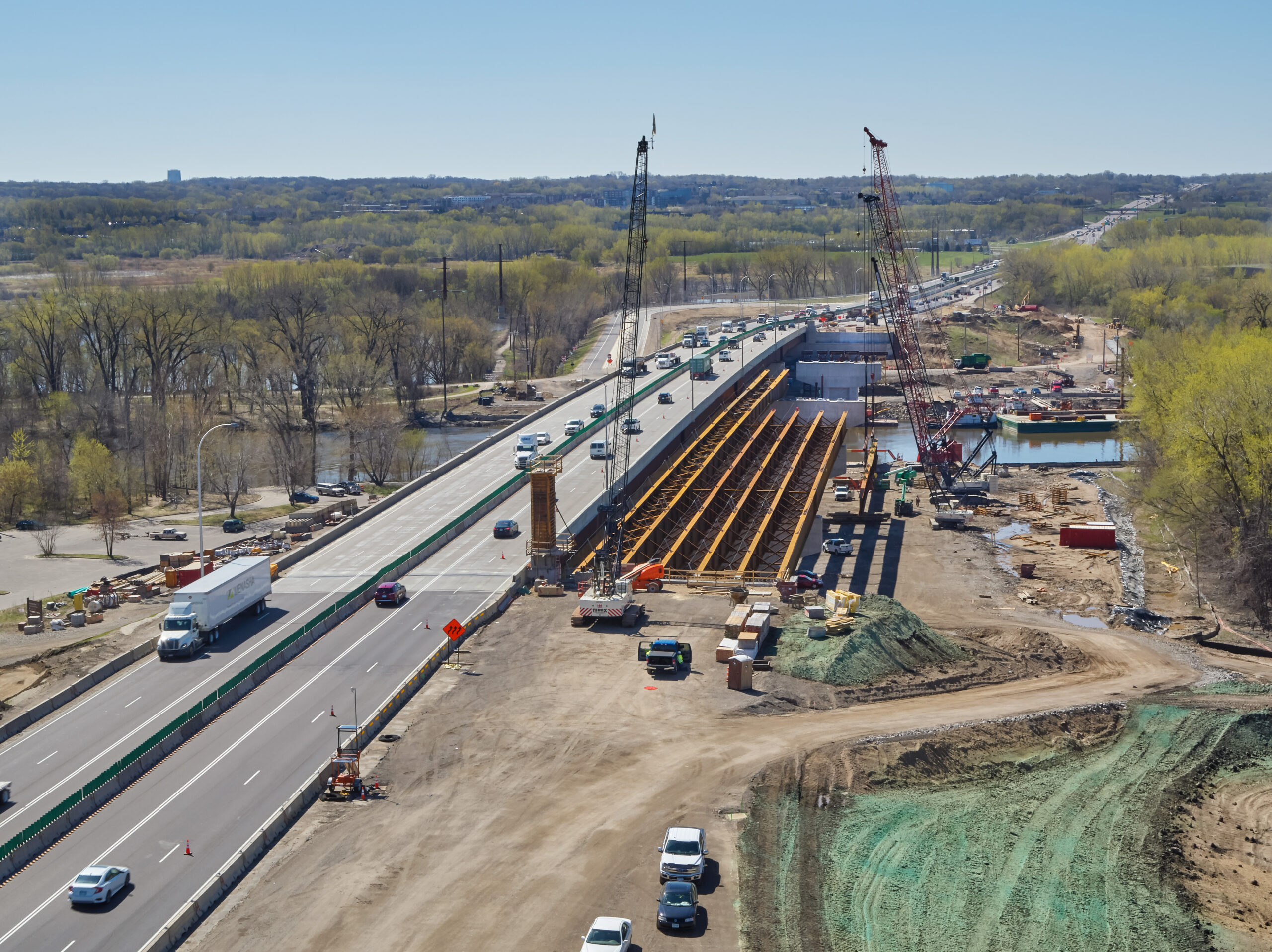
Over the years the HTF has lost purchasing power due to these user fees not being increased or indexed to inflation, improved fuel efficiency, the adoption of hybrid and electric vehicles (EV), higher maintenance costs due to the increasing weight of the general fleet, and increased costs associated with constructing roads and bridges.
As a result, Congress has had to transfer funding from the General Fund of the U.S. Treasury to the HTF to ensure it can support the funding levels necessary to maintain our nation’s infrastructure.
The Infrastructure Investment and Jobs Act (IIJA) represents the most significant infusion of investment in our infrastructure since the enactment of the Interstate Highway System in the mid-1950’s. While the investment has had a significant impact, the funding did not go as far as Congress had hoped. More specifically, highway construction costs increased by 72% since late 2020, resulting in an estimated $61.5 billion loss due to inflation.
According to TRIP data, about 40% of roads in the United States are still in poor or mediocre condition. This costs the average driver $725 per year in additional repairs, accelerated vehicle depreciation, and increased fuel consumption and tire wear. The increased weight and prevalence of EVs is going to cause greater wear and tear on our roadways and require a greater investment in our roads and bridges.
Congress should:
- Increase the revenue stream for the HTF and avoid relying on the annual appropriations process to ensure consistent funding for road and bridge projects that are not impacted by government shutdowns and spending cuts
- Expand user fees to ensure that everyone who benefits from our transportation systems pays their fair share through an EV user fee or a national registration fee
- Prioritize and accelerate research in mileage-based user fees or vehicle miles traveled (VMT) fees by continuing pilot programs at the state and national level
- Maintain the excise tax on trucks and trailers unless a sufficient revenue stream is identified to replace it
As each area of our country is diverse and unique, so are the transportation needs of each community. When standardized transportation solutions do not work in a community, too often the contractor gets blamed despite often not being involved in the selection or design of a project. States, local governments, and transit agencies need flexibility to address and prioritize their unique needs.
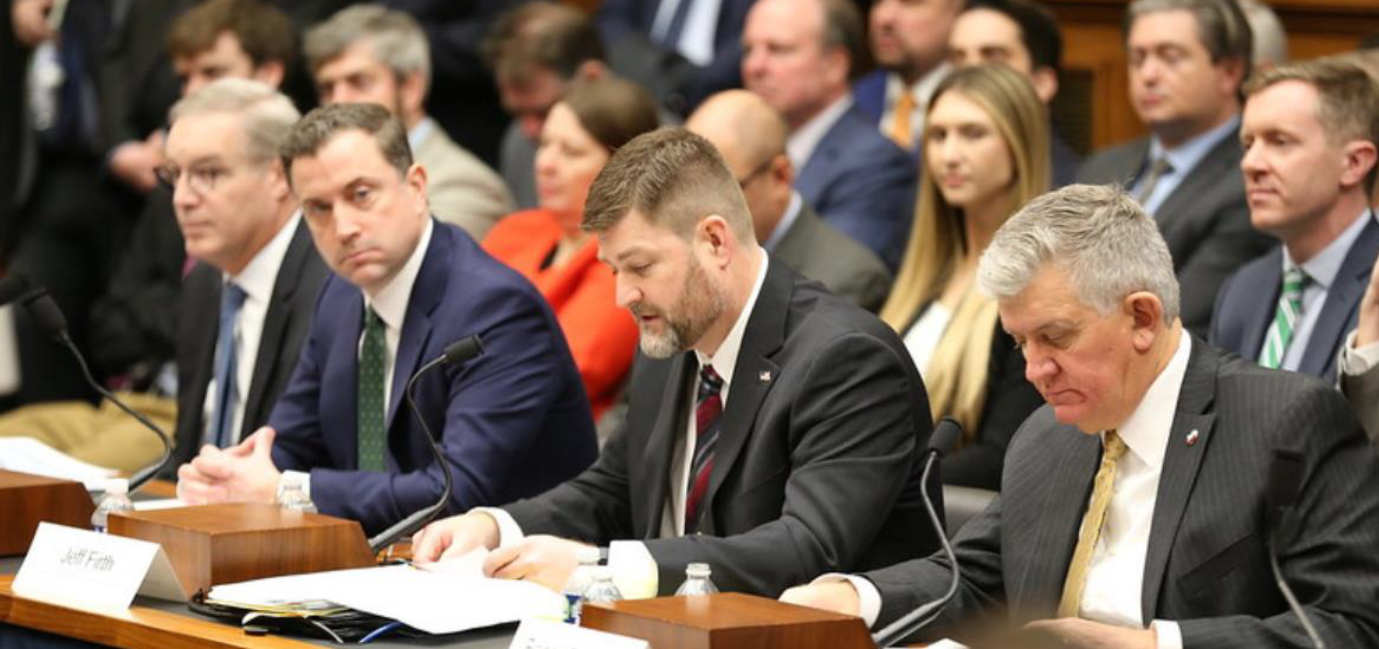
Congress should:
- Increase funding for infrastructure and maintain the balance between federal highway, public transit, and highway safety programs
- Preserve the HTF for its intended purpose – funding highway and transit projects – while maintaining existing safeguards against its use for other transportation modes
- Provide funds for other modes of transportation such as ports, railroads, and airports through general appropriations
- Prioritize funding via formula through core highway and transit programs and limit the creation of new programs
- Maintain flexibility for states to build new roads or add new capacity to existing roadways
- Consolidate discretionary grant programs that make small awards and instead fund these small projects through formula programs or Congressionally Directed Spending in order to avoid lengthy processes – such as a notice of funding opportunity, application process, DOT review process, project awards, and other administrative hurdles which unnecessarily delay projects breaking ground and cause money that could have been spent investing in infrastructure to instead be spent chasing after discretionary grants
- Streamline the grant application process by prioritizing state and tribal authorities as the primary recipients for small grant awards
- Continue large discretionary grant programs like the MEGA and INFRA that make large investments in transformational projects that otherwise would not be viable with formula funding alone
- Avoid expanding Buy America requirements to other products or materials and instead focus on a transparent and speedy waiver process to ensure projects are not unnecessarily delayed
The IIJA provided a historic increase in funding to help states and local governments invest in their roads and bridges. Unfortunately, some states have struggled to provide their required non-federal match. Innovative financing tools can play an important role in improving our roads, bridges, and transit systems by helping to attract private sector investment.
However, these tools cannot be mistaken as replacements for any federal funding and require one or more sources of revenue in order to be paid off. They are intended to supplement, not replace, federal funding. Congress must take action to expand existing tools and consider establishing additional ones.
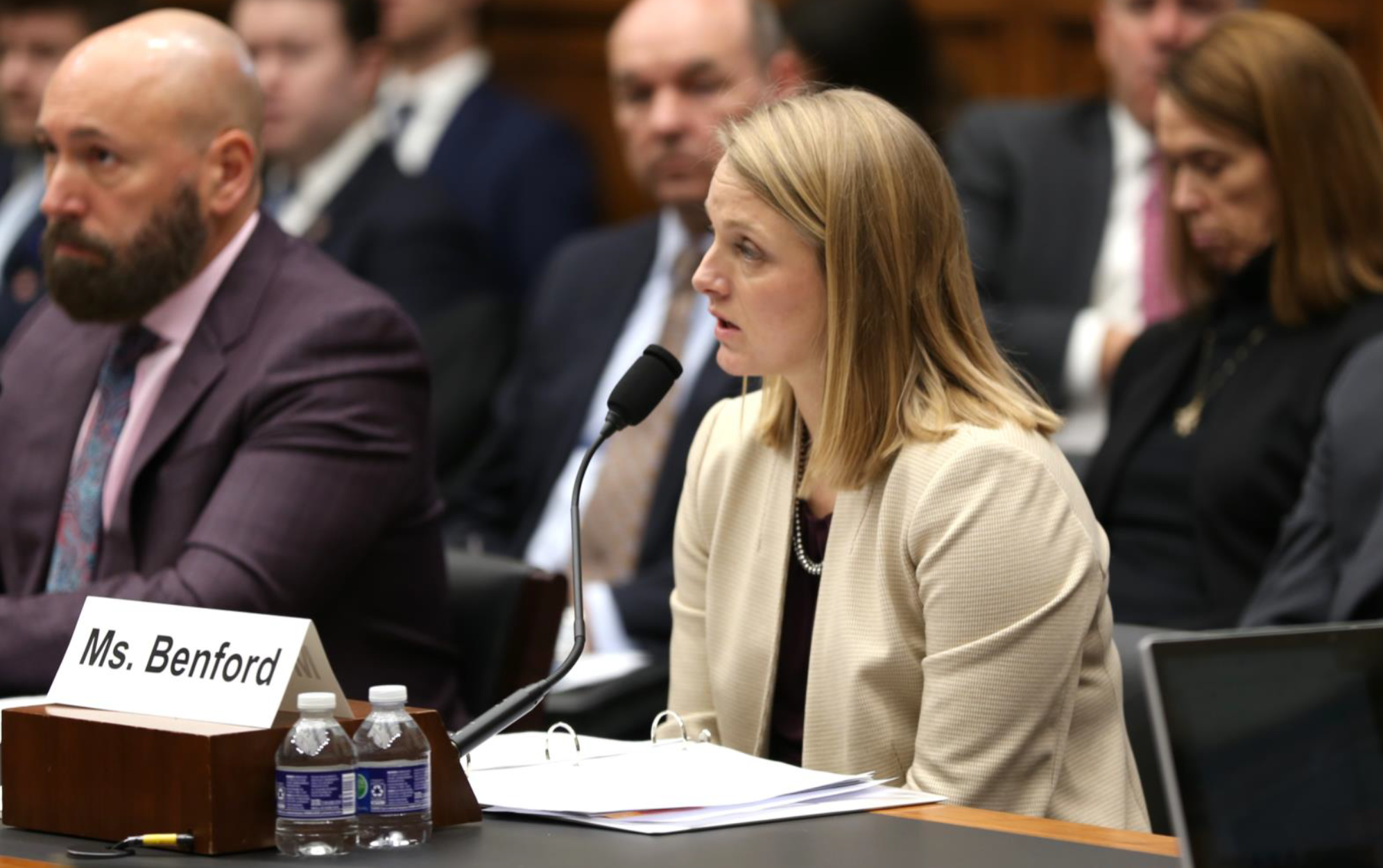
Congress should:
- Establish other financing tools, such as a national infrastructure bank or bonding mechanism that could assist states struggling to provide the non-federal share of project funding
- Prohibit tolling revenue from being used for non-transportation purposes
- Reinstate the tax exemption for advance refunding of municipal bonds, allowing state and local governments to refinance at lower interest rates
- Continue funding for the Transportation Infrastructure Finance and Innovation Act (TIFIA) program and Private Activity Bonds (PABs) while easing requirements to allow full utilization of the programs
An AGC survey found that 63% of highway contractors reported motor vehicles crashes in their construction work zones during the past year, putting motorists, workers, and state employees at risk. The problem appears to be getting worse, with 97% of contractors reporting that highway work zones are either as dangerous, or more dangerous, than they were a year ago. Congress, the Federal Highway Administration, and the National Highway Traffic Safety Administration have taken steps to ensure the safety of drivers and pedestrians – now it is time for them to focus on the people building the roads.
While the Highway Safety Improvement Program (HSIP) includes eligibilities for these measures to protect construction workers, the onus mostly falls on construction companies themselves rather than recipients of the funding. This places an undue burden on contractors, exposing them to increased risk and liability. Furthermore, the traditional project bidding system creates difficulties for bidders who prioritize safety, as they may be outcompeted by those who minimize costs, potentially compromising safety measures.
Proactively addressing safety hazards and minimizing disruptions to work zones will contribute to smoother project timelines and ultimately lower overall project costs.
Congress should:
- Require states to track the number and location of injuries and fatalities in work zones
- Dedicate 10% of their HSIP funding to address work zone safety if they see an increase in the number of injuries and fatalities in work zones during a consecutive 2-year period
- Require that states address work zone safety in their highway safety program that is part of receiving NHTSA funding
- Ensure that HSIP funding remains focused on infrastructure-related projects to improve the safety of our roads
- Continue to facilitate the use of safety contingency funds in contracts and maintain the definition of “innovative project delivery” to include provisions that offer safety contingency funds
- Direct states to include a focus of reducing accidents in work zones as part of their driver safety plans in driver education curricula and distracted driving education
- Ensure that U.S. DOT regulations continue to provide protections for maintaining drug-free workplaces such as construction sites
- Require discretionary grant applicants to include how they will protect workers during construction in their grant application
- Continue funding work zone safety research through University Transportation Centers such as the Missouri Work Zone Safety Center of Excellence to lead research and outreach on behavioral, educational, engineering, and technology solutions to achieve zero fatalities and serious injuries in work zones
- Prioritize demonstration projects involving the Technology and Innovation Deployment Program to explore the effectiveness of new technologies to protect workers in highway work zones
- Incentivize state DOTs to utilize automated traffic enforcement systems, or speed cameras, in highway work zones
AGC members are engaged in all types of construction, including roads, bridges, transit systems, and water projects. The construction industry is working to improve the nation’s infrastructure thanks to the funding provided by the Infrastructure Investment and Jobs Act, as well as other funding measures. Unfortunately, too often these projects get tied up in delays in the National Environmental Policy Act (NEPA) process, permitting process, or litigation challenging these environmental decisions.
Congress passed the Fiscal Responsibility Act, which aimed for less complexity and unpredictability in the federal environmental approval process. Unfortunately, its implementation has not led to the intended simplification. Delays can increase project costs and even lead to project abandonment.
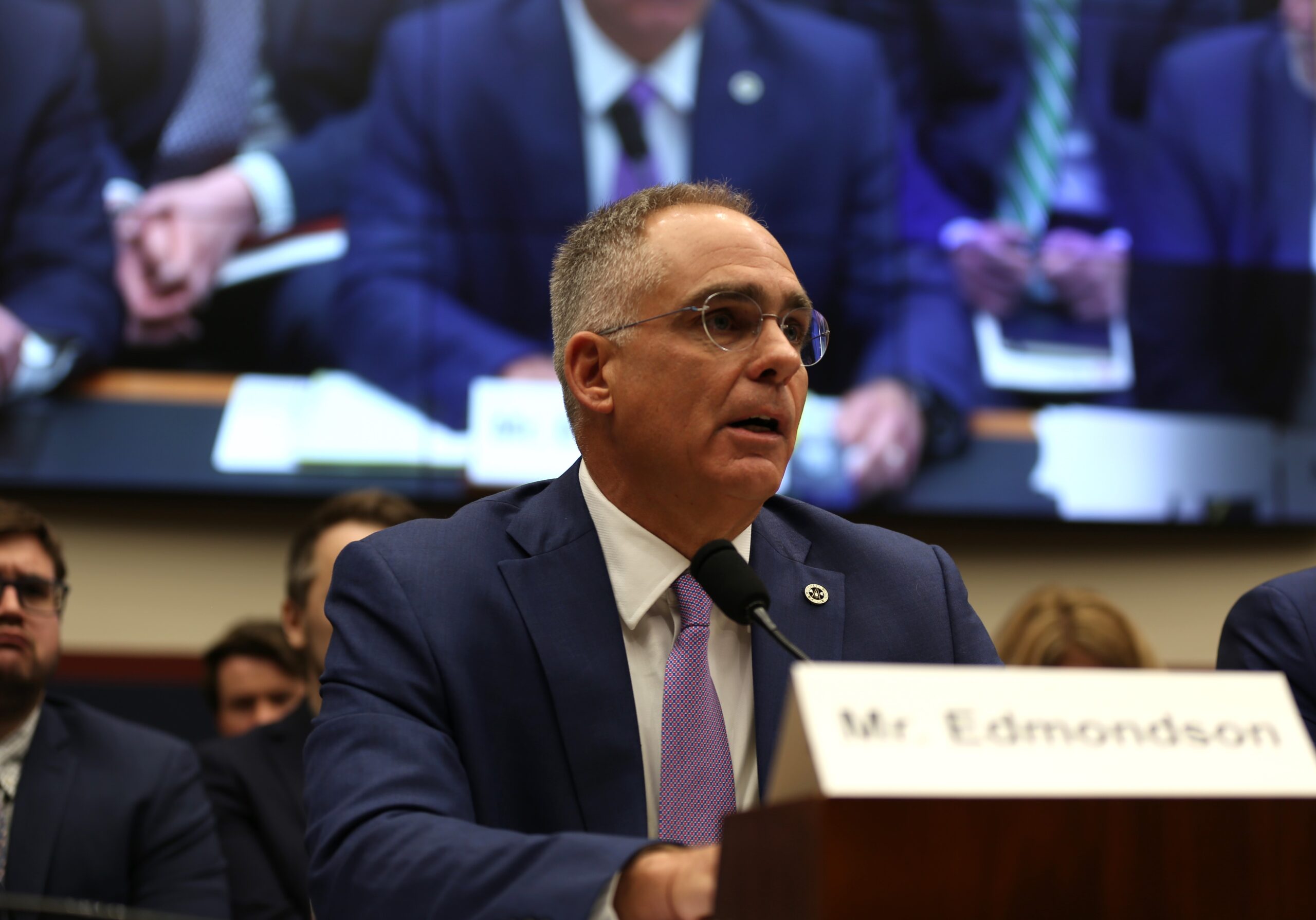
Congress should:
- Streamline the federal environmental permits and approvals required for infrastructure projects, including:
- Endangered Species Act – modernize interagency consultations, ensure critical habitat is actual habitat for that species, and provide case-by-case protections for threatened species
- Migratory Bird Treaty Act – decriminalize and create a general permit for incidental take
- Clean Water Act – align the definition of Waters of the United States with recent U.S. Supreme Court ruling (Sackett) and preserve the utility of general permits
- NEPA – align regulatory implementation with the Fiscal Responsibility Act, reduce excessive review timelines, promote consistency between federal agencies’ requirements
- Superfund/CERCLA – provide liability protections for contractors who unknowingly encounter PFAS contamination on projects
- Standardize and shorten the timeframe for legal challenges to the environmental review procedures under NEPA as the time limits for filing lawsuits targeting environmental reviews vary widely depending on the type of infrastructure being built. For example:
- Highway and transportation projects have a 150-day deadline to file lawsuits (23 USC Section 139)
- Certain large-scale “covered projects” under the FAST Act, Title 41 have a two-year deadline
- Other critical infrastructure projects can be challenged for up to six years under the Administrative Procedure Act
- Extend FAST-41’s legal protections to highway and public transportation capital projects to prevent unnecessary or unexpected litigation delays
- Limit NEPA lawsuits to those who have submitted “sufficiently detailed” comments during the project’s environmental review related to the same issue on which the party now seeks judicial review
- Require courts to weigh economic impacts (including job losses) when deciding whether to issue a preliminary injunction halting a project
- Incentivize more states to take on NEPA assignment authority to save time and money in the environmental review process
- Remove the current discretionary requirement at 23 USC §139(l) for FHWA, FTA, and FRA to publish a “statute of limitations (SOL) notification”, which adds unnecessary paperwork and complexity to the process
- Allocate adequate resources to agencies and have them prioritize championing recent permitting reforms to state and local governments to ensure they are utilized

- Avoid policies that promote or require the use of one specific technology and/or proprietary product over another and instead encourage interoperability between them through the implementation of open data standards
- Dedicate a new round of Every Day Counts Initiatives focused on how to expedite project delivery, including streamlining data standards and sharing between all parties on a project
- Expand eligibilities for the Technology and Innovation Deployment Program to include cyber security software for state DOTs
- Require state DOTs to maintain a data repository of completed highway projects for future road improvement uses such as compiling an index of utility locations, asset management, and traffic management
- Allow state DOTs and local partners to safely use unmanned aerial systems (UAS) in broader applications and with fewer restrictions for construction projects while mitigating risks to workers in active work zones.
The Disadvantaged Business Enterprise (DBE) program was originally established by regulation in 1980. It plays a pivotal role in fostering diversity and inclusion in the construction industry by ensuring that certified small businesses owned and controlled by socially and economically disadvantaged individuals can compete for federally funded highway, public transit, and airport projects.
In the years since it was established, Congress included provisions in certain transportation laws, including most recently the IIJA, that created goals for a certain amount of federal funding to be expended through DBEs. AGC represents DBE and non-DBE firms and has identified many areas of agreement on how to improve the DBE program.
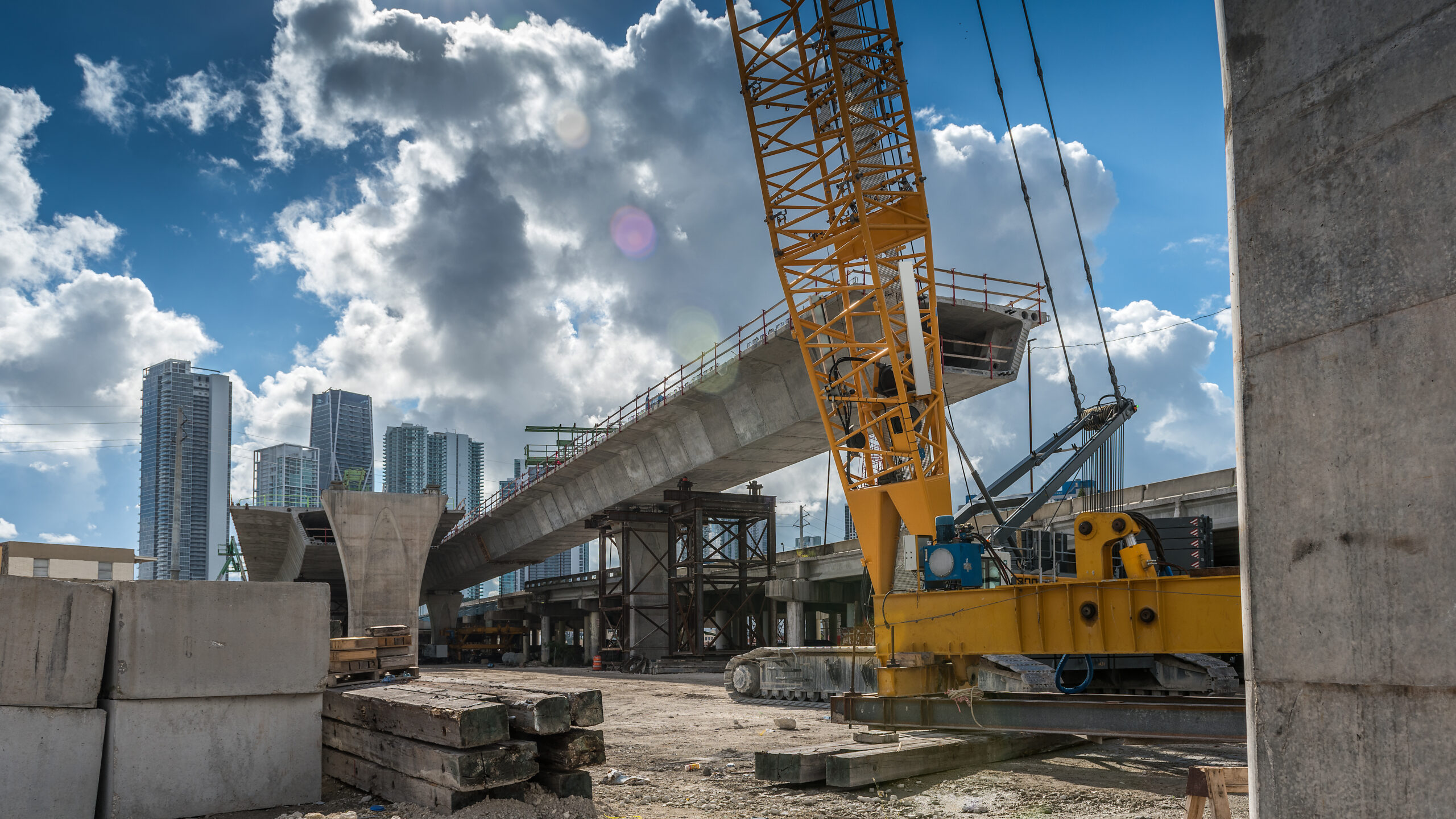
Unfortunately, the program unintentionally penalizes successful DBEs, limiting their growth potential. Instead of making it easier for prime contractors to utilize specialty DBE firms, it has made it more difficult. In addition, because of the administrative burden associated with being a DBE and doing federal work, many DBEs have reported that they have opted to work with the private sector who often have Diversity, Equity, and Inclusion goals set by investors.
Congress should:
- Align the DBE program with the federal small business program under the Small Business Act, ensuring that all contractors are classified under the same NAICS code 237310 (Highway, Street, and Bridge Construction), as done by the Federal Aviation Administration, and that size standards follow the SBA’s established criteria for small businesses
- Facilitate increased reciprocity of DBE certifications between states by establishing in law a streamlined process through which a state certification agency must accept another state’s certification
- Require that the DBE program at the Federal Highway Administration be managed in coordination with the Office of Infrastructure
- Reinvigorate the DBE Supportive Services program to ensure that it focuses on the education, training, technical assistance, and services that bolster the success of DBEs
In the event of a potential ruling that renders the DBE program unlawful or necessitates significant reform, AGC recommends that any replacement or revised program should incorporate key elements that support small and emerging construction firms. Construction firms face significant challenges, and it is in the best interest of the industry to maintain a strong and competitive pool of small and emerging firms. If the existing DBE program is altered or replaced due to legal challenges rendering the program unlawful.

Congress should:
- Provide practicality and flexibility in supporting emerging firms without unnecessary barriers to engage in collaboration with larger firms
- Establish uniform standards aligned with SBA standards for graduation and classification requirements
- Provide resources to small businesses through flexible direct federal grants and low-interest loans
- Reduce administrative burdens on prime and emerging contractors by ensuring that they are not burdened or distracted by inconsistent and onerous regulations and reporting requirements
- Eliminate excessive penalties for noncompliance by implementing a “Good Faith” standard which does not discourage prime contractors from engaging with emerging firms
Public transit is a key component of the nation’s transportation network, particularly in urban and regional areas. To ensure public transit systems can meet growing demand and address future challenges.
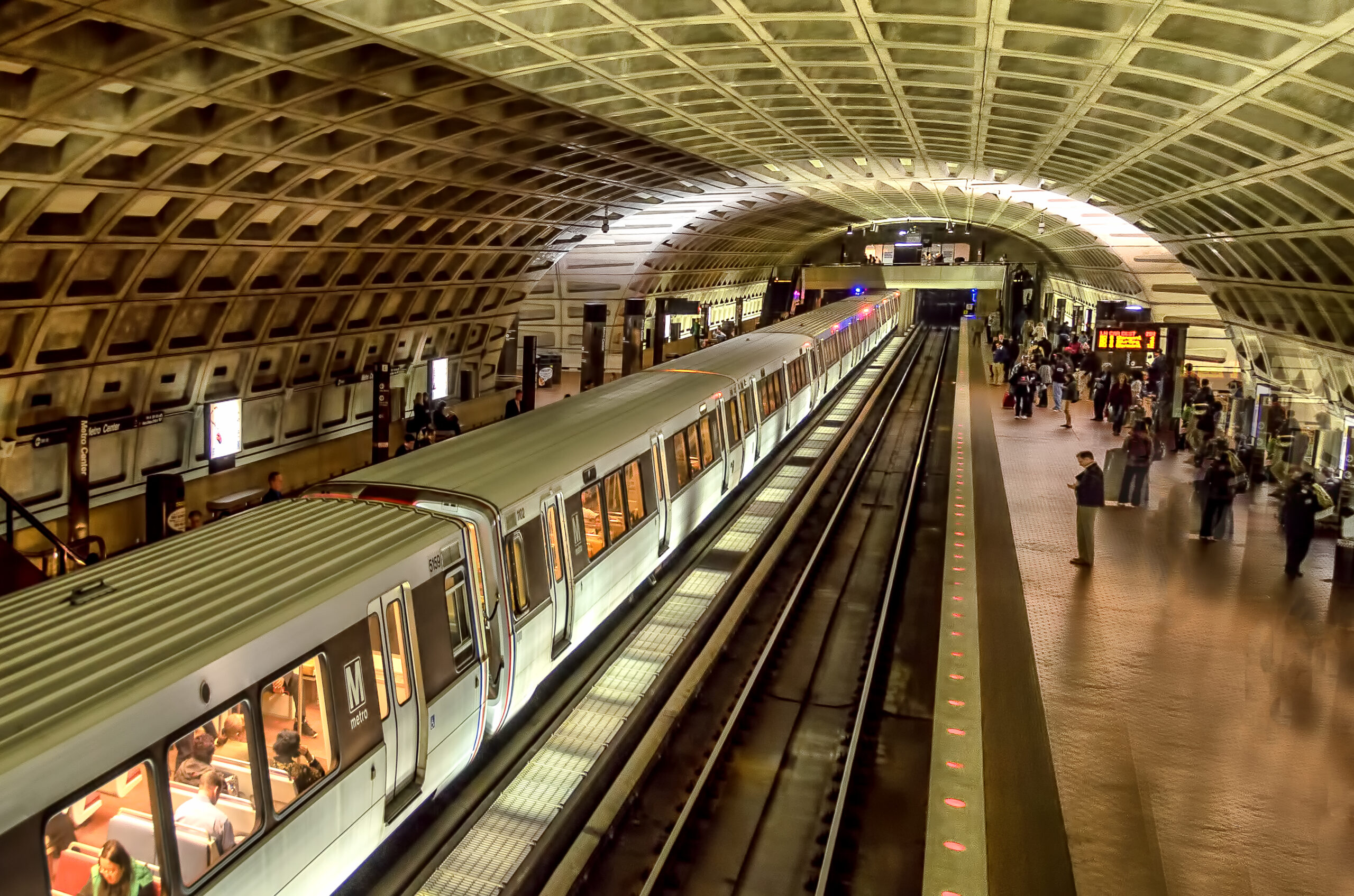
Congress should:
- Increase funding for FTA’s Capital Investment Grants (CIG) to support the construction of new rail and bus rapid transit systems and expand existing networks
- Increase the maximum project cost for CIG’s Small Starts maximum to $500 million in order to expedite project delivery
- Continue to invest in the Corridor Identification and Development (ID) program to advance regional transit projects and connectivity
- Introduce tax incentives for private developers who include public transit elements, such as bus shelters or rail station entrances, in their projects
- Refocus the Transportation Infrastructure Finance and Innovation Act (TIFIA) program to streamline processes and make it more accessible for transit projects
The construction industry continues to face both a workforce shortage and the need for additional development opportunities. 92% of AGC member firms working on highway and transportation projects report having a difficult time filling open positions, mainly due to the lack of qualified candidates. Federal transportation programs play a crucial role in bolstering the construction industry’s ability to meet the needs of state and local governments and serve their residents.
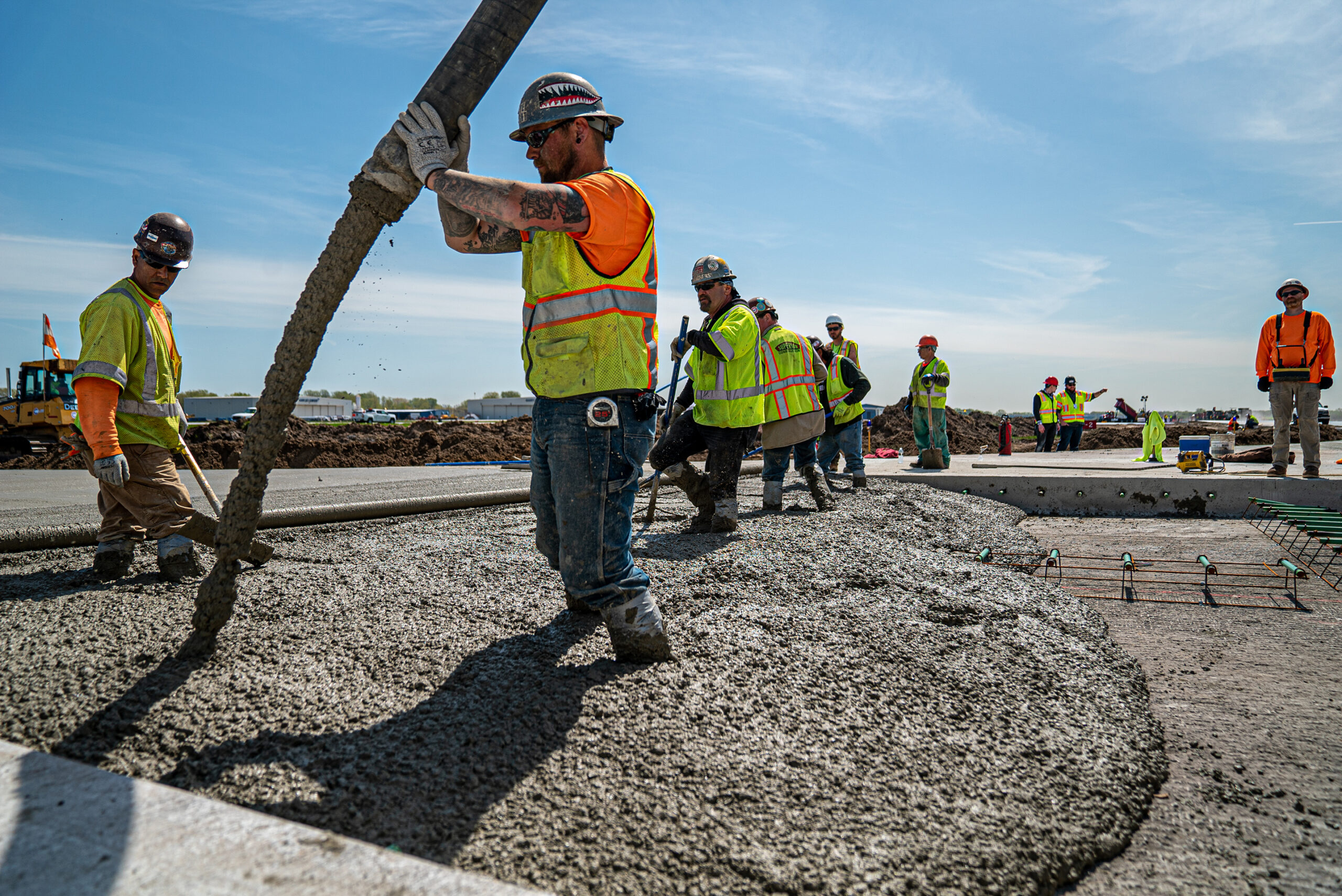
Congress should:
- Maintain flexibility that allows states to dedicate necessary funding for workforce development
- Increase funding for on-the-job training programs such as the Surface Transportation Workforce Development, Training, and Education program that provide hands-on experience and career pathways for new workers
- Increase access and funding for apprenticeship programs without regard to union affiliation
- Avoid new federal apprenticeship utilization requirements
The nation’s surface transportation system must be ready to handle various disasters such as earthquakes, floods, hurricanes, wildfires, derailments and crashes that vary in type and intensity across the country and year to year. In addition, inefficiencies and disrepair in the system worsen pollution, health, and safety issues. Modernizing highways, bridges, and public transit will reduce traffic congestion, increase resilience to weather, and improve public health and safety. A coordinated national strategy that avoids overly rigid programs and policies is needed to build a more resilient future. This strategy should enable state and local agencies to address their unique transportation needs and circumstances.
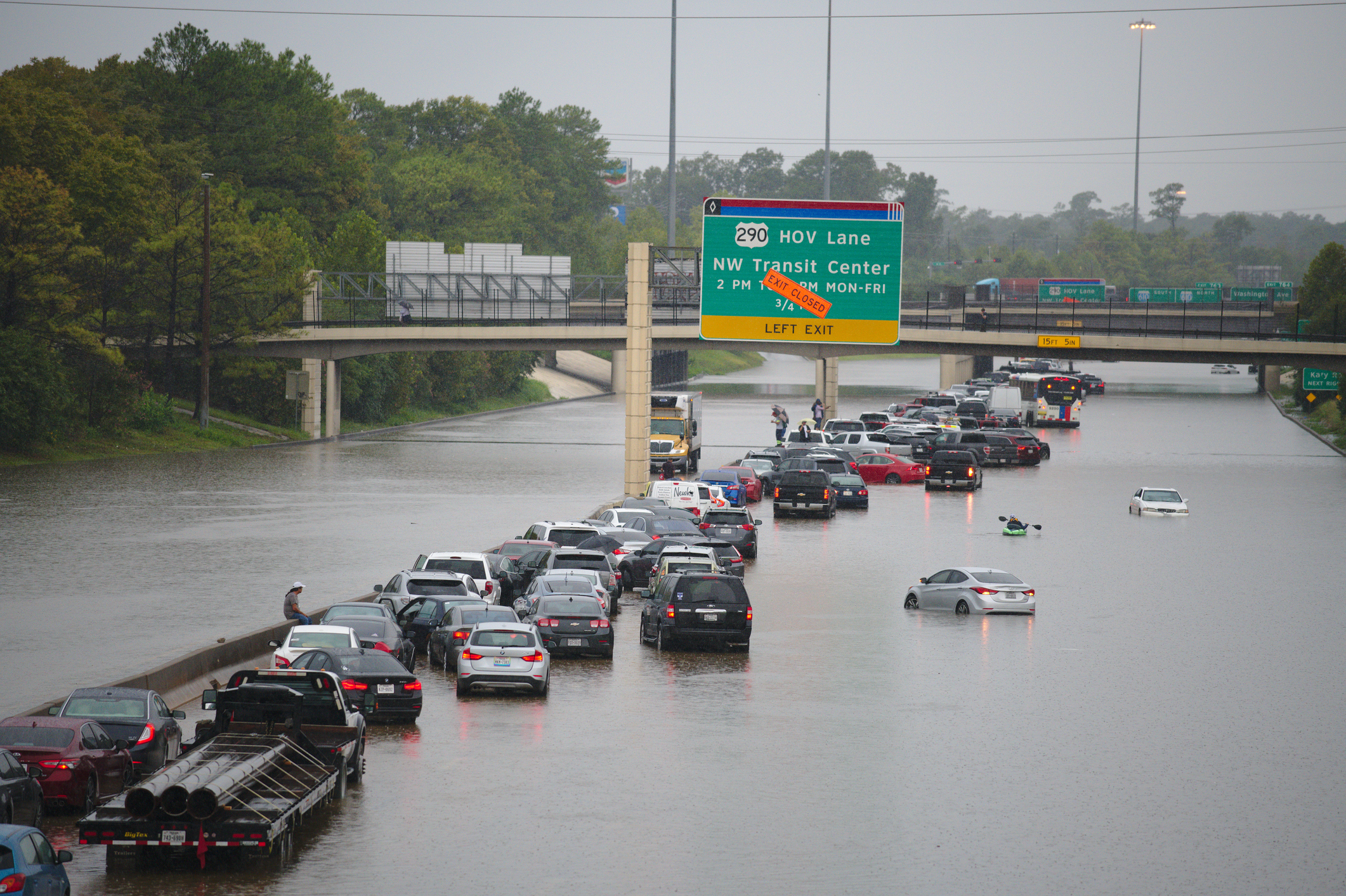
Congress should:
- Continue to allow eligibility for resiliency projects that improve the transportation system under existing highway and transit core formula programs
- Increase funding for the Promoting Resilient Operations for Transformative, Efficient, and Cost-Saving Transportation (PROTECT) Formula Program
- Continue funding for regional and national Centers of Excellence to research innovative materials, data, and tools that help state and local agencies make the best resiliency improvements for their communities
- Streamline federal requirements for projects eligible under the highway and public transit emergency relief programs to expedite the repair, restoration, reconstruction of eligible assets that are damaged by disasters
- Reduce congestion and eliminate critical bottlenecks across the nation in a manner that provides flexibility for state and local agencies to deploy solutions that best address their circumstances

